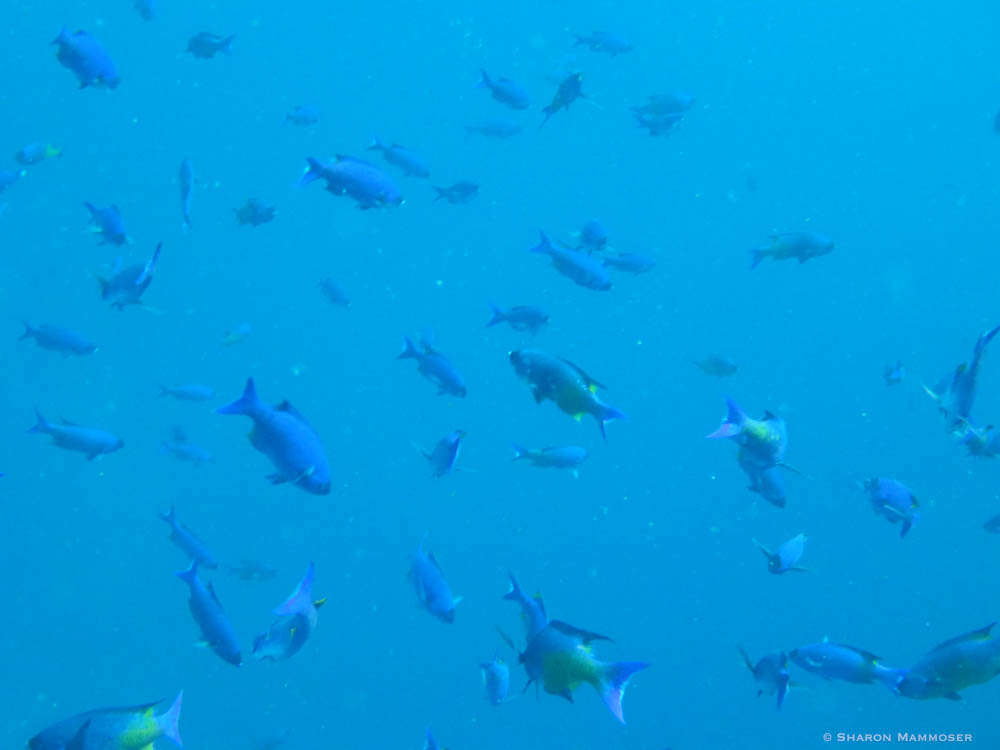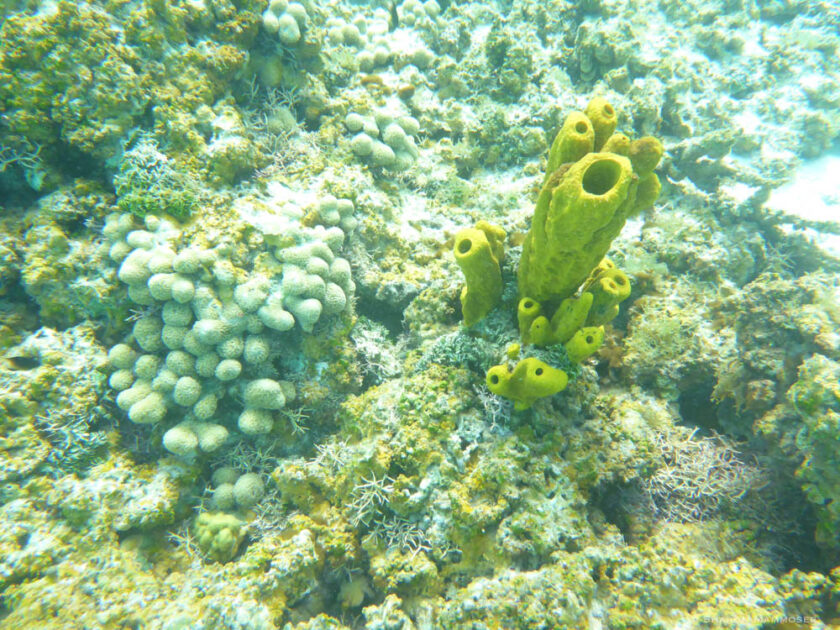I usually write about animals and plants that are common to my area here in western NC, and always use my own photography. If I don’t have photos to support a story idea, I usually pass on it. Part of my mission in life is to educate people about their outdoor neighbors, especially those they might encounter in their backyards and other local wild places. That said, I recently watched a fabulous three part series on the National Geographic channel called Secrets of the Octopus and was blown away. Again and again during the show, I said, “I had no idea…” It was definitely eye-opening. If you are searching for something interesting to watch one of these days or nights, I can’t recommend it highly enough. I’m writing a post about a few of the things that struck me, despite that I have no photos to go with this article.

Here are a few things I learned:
- Octopuses have been around for a very long time! The oldest fossil dates them to 330 million years ago, long before the dinosaurs roamed the Earth.
2. There are 300 species of octopuses though scientists discover new species all the time. Who knows what the actual number is, only that it is much higher than those already named. The lightest octopus weighs less than a gram while the heaviest weighs in at 600 pounds!
3. Octopuses are super smart, as was illustrated multiple times during the film. The octopus has the highest ratio of brain-to-body mass among all of the invertebrates. They sometimes work together in cooperation with other species and can learn quickly. According to the Smithsonian National Museum of Natural History, “They’re able to figure things out, like how to open a clamshell that’s been wired shut. They can navigate mazes, solve problems, remember solutions and take things apart for fun”…”They are able to untie knots, open jars, and toddler proof cases, and are generally expert escape artists”… “The common octopus, Octopus vulgaris, has roughly 200 million neurons in its brain. Humans have… just under 100 billion, but a cephalopod is on par with dogs and some monkeys since they also carry about two-thirds of their neurons in their arms, not their head. Unlike humans and other mammals, the cephalopod brain will grow one and a half times its original size from the moment of birth to adulthood.”..
4. Octopus moms are super dedicated. After laying between 10,000- 80,000 eggs, they guard them until their deaths, not even leaving to get food for themselves. They will defend the eggs from predators, and will also clean the eggs to lessen the chances of bacteria growing on them.
5. You’ve heard of octopus ink? People always thought it was an adaptation to hide the octopus. And it is. But according to the Smithsonian National Museum of Natural History, “The ink also physically harms enemies. It contains a compound called tyrosinase, which, in humans, helps to control the production of the natural pigment melanin. But when sprayed in a predator’s eyes, tyrosinase causes irritation. It also garbles creatures’ senses of smell and taste.”
6. Octopuses have three hearts! And one of those hearts actually stops working when the octopus swims!
7. Octopuses have blue blood! Unlike our system which has iron-rich blood, making it red, an octopus has a copper-based system, making its blood blue.
8. Octopuses are invertebrates, just like spiders, insects, and crayfish. They lack a backbone.
9. The pupil of an octopus is rectangular, not round.
10. Some octopus can change color instantly and others can change the texture of their skin. I think this was one of the most impressive things I learned from the movies, and it was very cool to watch them do it. The fact file.org says, “Its photosensitive skin can see the colors around it and mimic these in the blink of an eye.” They are also master shape-shifters, sometimes mimicking other creatures to avoid detection by lurking predators.



